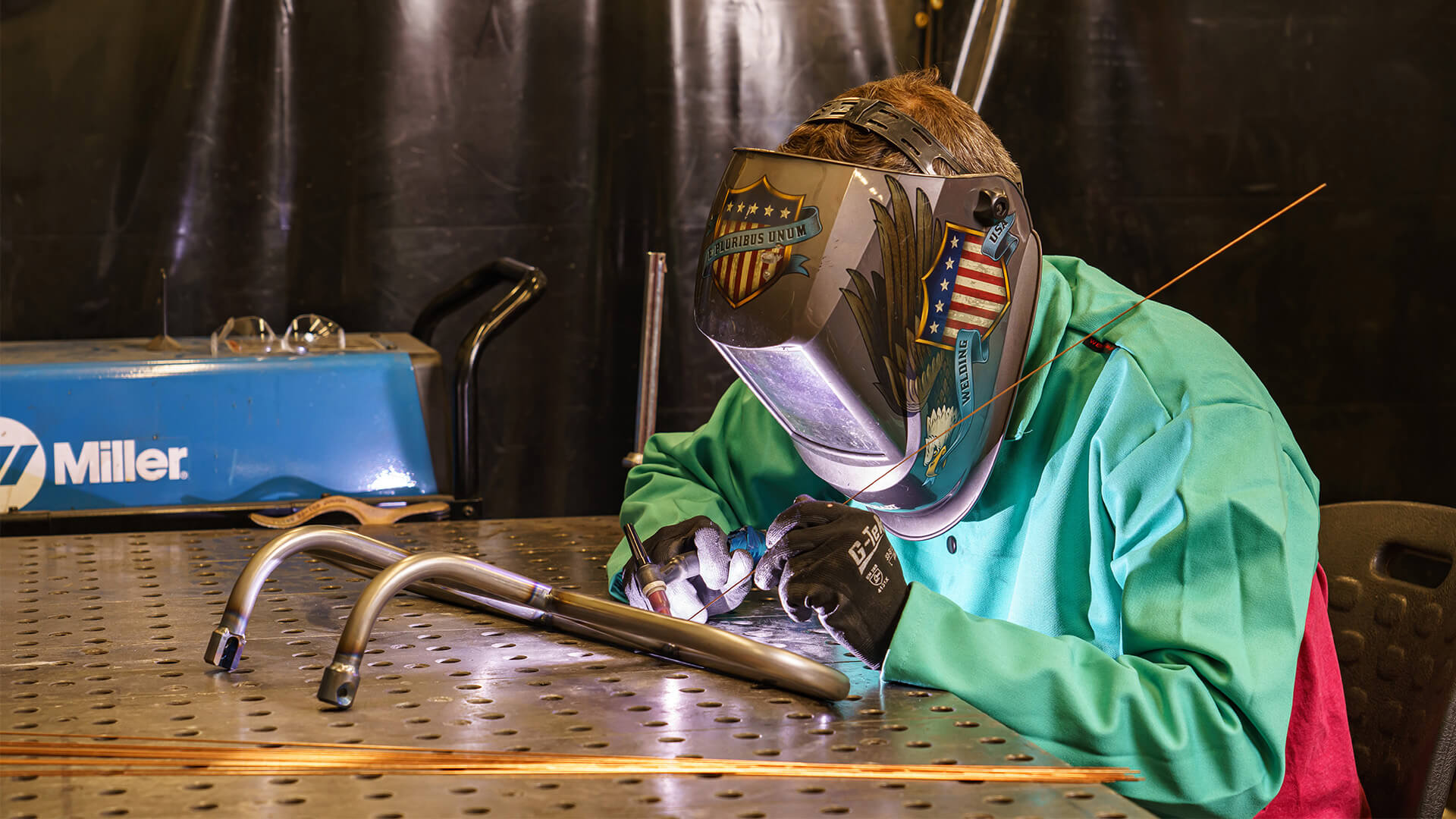
Welding 101: The different types of welding
Did you know that historians believe the ancient Egyptians developed the earliest forms of welding around 4000 BCE? But it wasn’t until the 18th century that welding really skyrocketed due to the Industrial Revolution.
Today, there are several types of welding for various experience levels and applications. Keep reading to find out more.
MIG Welding
When starting out, welders typically begin with MIG welding since it is considered one of the easiest types to learn. Flux core MIG welding revolves around a continuous wire feed process.
MIG is often used for quickly welding large and thick materials. MIG welding is less portable than some alternatives.
Stick Welding
Stick welding is one of the oldest types of welding and can be more difficult to master but is very versatile. Also known as arc welding, this type uses a stick electrode welding rod.
TIG Welding
Two hands are needed for TIG welding since it is highly precise. One hand feeds the rod while the other holds a TIG torch. The torch creates heat and arc and is used to weld metals such as:
- Steel
- Stainless Steel
- Aluminum
- Nickel alloys
- Copper alloys
- Cobalt
- Titanium
- Chromoly
- Magnesium
- Copper
- Brass
- Bronze
- Gold
TIG welding is more difficult to learn and in the manufacturing industry, it typically requires longer lead times and greater production costs.
Plasma Arc Welding
Plasma arc welding is a precision technique that is often used in aerospace applications where metal thickness is 0.015 of an inch. It’s similar to TIG welding, but the electrode is recessed and the ionizing gases inside the arc are used to create heat.
Electron Beam and Laser Welding
Extremely precise and high-energy welding techniques, electron beam and laser welding are powerful processes. Electron beams and lasers can be aimed with extraordinary accuracy. From welding the smallest medical devices to large spacecraft parts, it’s very versatile.
Atomic Hydrogen Welding
With temperatures reaching up to 4000 C, atomic hydrogen welding is a process that uses an electric arc between two tungsten electrodes in the presence of hydrogen. Because of the availability of inexpensive inert gases, it is now being replaced by gas metal arc welding.
Gas Welding
Although rarely used, gas welding can still be found welding car exhaust back together. It’s an inexpensive, transportable and flexible form of welding, that doesn’t require electrical equipment.
To determine which type of welding is best suited for a project, the visual appearance, material, desired product specifications and required equipment must be considered.
Find out more about our welding and tube bending services.